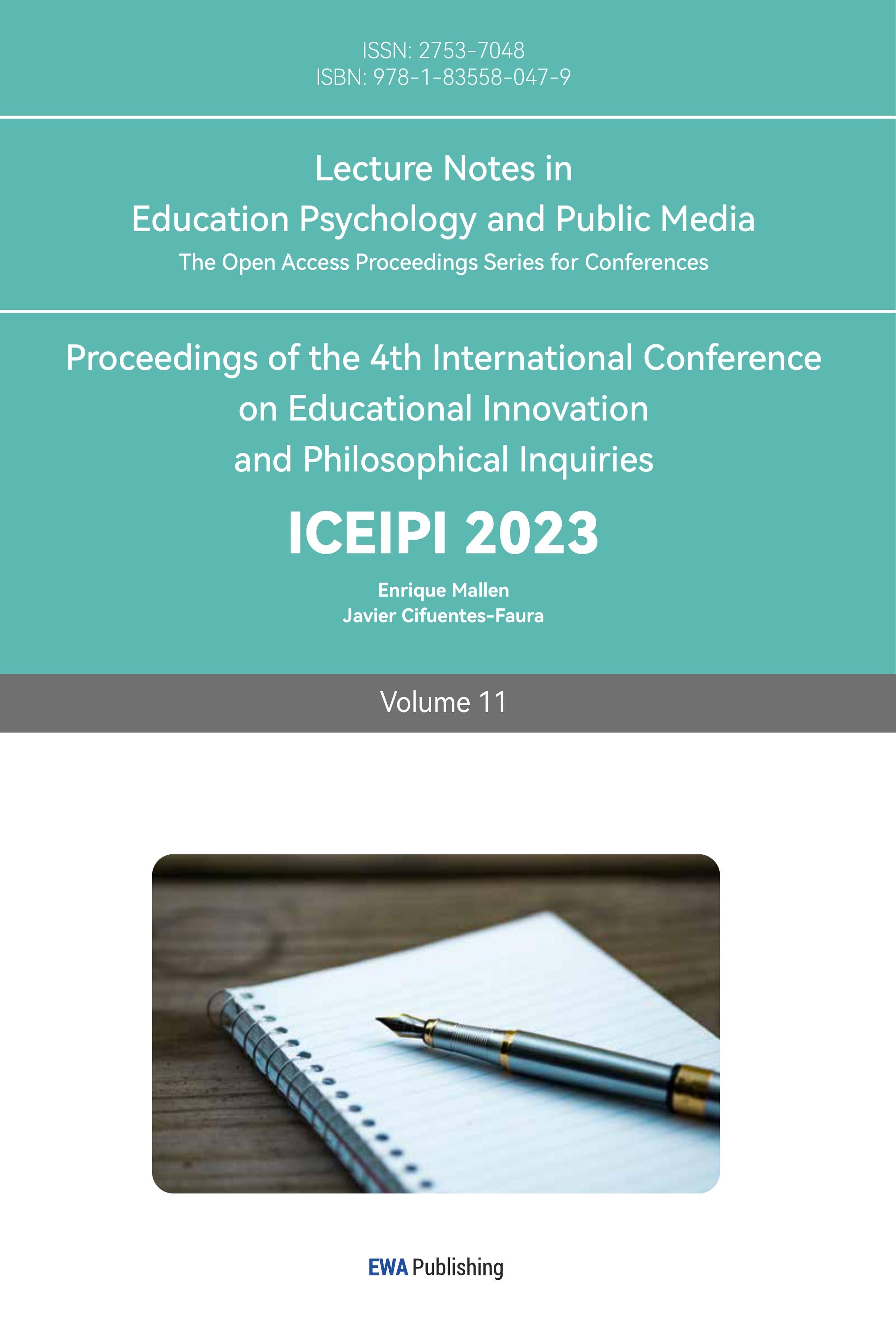References
[1]. Li YM. Evolution Theory and the Euthanasia Movement in the 20th Century [J]. Studies in Philosophy of Science and Technology, 2021, Vol. 38, No. 2: 98-99.
[2]. Liang GL. Fighting for the Right to Humane Death—the Worldwide Euthanasia Movement [J]. Journal of Comparative Law, 2004, No. 3: 20.
[3]. Ni ZM, Li H, Yang TD. Research on Euthanasia [M]. Law Press, 2005: The Dutch version of the euthanasia law attached to the appendix, and the Belgian version of the euthanasia law attached to the appendix.
[4]. Toni C. Saad. Euthanasia in Belgium: Legal, Historical and Political Review[J]. Issues in Law & Medicine, 2017 Vol. 32, No. 2: 185-187.
[5]. Wang HM. Comparison of Legislative Progress on Euthanasia [J]. Modern Law Science, 2001, Vol. 23, No. 4: 155.
[6]. Wang K. Defendants Pu Liansheng and Wang Mingcheng were innocent of the first euthanasia case in China [J]. Chinese Medical Ethics, 1992, No. 4: 26.
[7]. Zhu SN, Feng XY, Liang ZT. Interim Regulations on Euthanasia (Draft) (Proposed Draft) [J]. Medicine and Philosophy, 1999, Vol. 20, No. 10: 22-23.
[8]. Sailaja PETIKAM. Euthanasia in India - Legislative Perspective[J]. Revista de Drept Constitutional,2021, No. 1: 46.
[9]. Wen JF. Research on the Right to Die in Peace [M]. Science Press, 2009: 25.
[10]. Han JJ. The Legal Focus of Euthanasia in the UK [J]. Political Science and Law, 2003, No. 4: 159.
[11]. Lindy Willmott, Ben White, Christopher Stackpoole, Kelly Purser, Andrew Mcgee. (Failed) Voluntary Euthanasia Law Reform in Australia[J]. UNSW Law Journal,2016, Vol. 39, No. 1: 4.
Cite this article
Xu,W. (2023). The International Process of Euthanasia Legislation Based on a Comparative Law Perspective. Lecture Notes in Education Psychology and Public Media,11,65-76.
Data availability
The datasets used and/or analyzed during the current study will be available from the authors upon reasonable request.
Disclaimer/Publisher's Note
The statements, opinions and data contained in all publications are solely those of the individual author(s) and contributor(s) and not of EWA Publishing and/or the editor(s). EWA Publishing and/or the editor(s) disclaim responsibility for any injury to people or property resulting from any ideas, methods, instructions or products referred to in the content.
About volume
Volume title: Proceedings of the 4th International Conference on Educational Innovation and Philosophical Inquiries
© 2024 by the author(s). Licensee EWA Publishing, Oxford, UK. This article is an open access article distributed under the terms and
conditions of the Creative Commons Attribution (CC BY) license. Authors who
publish this series agree to the following terms:
1. Authors retain copyright and grant the series right of first publication with the work simultaneously licensed under a Creative Commons
Attribution License that allows others to share the work with an acknowledgment of the work's authorship and initial publication in this
series.
2. Authors are able to enter into separate, additional contractual arrangements for the non-exclusive distribution of the series's published
version of the work (e.g., post it to an institutional repository or publish it in a book), with an acknowledgment of its initial
publication in this series.
3. Authors are permitted and encouraged to post their work online (e.g., in institutional repositories or on their website) prior to and
during the submission process, as it can lead to productive exchanges, as well as earlier and greater citation of published work (See
Open access policy for details).
References
[1]. Li YM. Evolution Theory and the Euthanasia Movement in the 20th Century [J]. Studies in Philosophy of Science and Technology, 2021, Vol. 38, No. 2: 98-99.
[2]. Liang GL. Fighting for the Right to Humane Death—the Worldwide Euthanasia Movement [J]. Journal of Comparative Law, 2004, No. 3: 20.
[3]. Ni ZM, Li H, Yang TD. Research on Euthanasia [M]. Law Press, 2005: The Dutch version of the euthanasia law attached to the appendix, and the Belgian version of the euthanasia law attached to the appendix.
[4]. Toni C. Saad. Euthanasia in Belgium: Legal, Historical and Political Review[J]. Issues in Law & Medicine, 2017 Vol. 32, No. 2: 185-187.
[5]. Wang HM. Comparison of Legislative Progress on Euthanasia [J]. Modern Law Science, 2001, Vol. 23, No. 4: 155.
[6]. Wang K. Defendants Pu Liansheng and Wang Mingcheng were innocent of the first euthanasia case in China [J]. Chinese Medical Ethics, 1992, No. 4: 26.
[7]. Zhu SN, Feng XY, Liang ZT. Interim Regulations on Euthanasia (Draft) (Proposed Draft) [J]. Medicine and Philosophy, 1999, Vol. 20, No. 10: 22-23.
[8]. Sailaja PETIKAM. Euthanasia in India - Legislative Perspective[J]. Revista de Drept Constitutional,2021, No. 1: 46.
[9]. Wen JF. Research on the Right to Die in Peace [M]. Science Press, 2009: 25.
[10]. Han JJ. The Legal Focus of Euthanasia in the UK [J]. Political Science and Law, 2003, No. 4: 159.
[11]. Lindy Willmott, Ben White, Christopher Stackpoole, Kelly Purser, Andrew Mcgee. (Failed) Voluntary Euthanasia Law Reform in Australia[J]. UNSW Law Journal,2016, Vol. 39, No. 1: 4.









